Dungeonborne Active Skills Tier List – Best Active Skills, Ranked

Active Skills, or spells, are special abilities granted to each class in Dungeonborne. I’ll rank all the Active Skills for every potential class in Dungeonborne and explain which are the best in this Dungeonborne Active Skill tier list.
Best Active Skills Tier List – Dungeonborne
There are currently 26 Active Skills to choose from across all 8 Dungeonborne classes. Each class can equip two skills at once, with one designated for the Q key and the other being activated with the E key.
| Rank | Active Skill Name |
|---|---|
| S | Fire Blast, Force of Nature, Grasp of the Grave |
| A | Ice Storm, Petrifying Poison, Primal Awakening (and Revert), Pyroblast, Soul Shroud, Whirling Blade, Whirlwind |
| B | Battle Cry, Charge, Frost Barrier, Inspire, Psionic Blades, Quick Blades, Shadow Assault, Vanish |
| C | Cleanse, Divine Guidance, Frostbite Curse, Guard, Soulstorm, Swift Concealment |
| D | Divine Protection, Ice Armor |
Best Active Skills for every class in Dungeonborne
Beneath each class is an explanation of the highest-ranked E and Q Active Skills for that class. Classes that have multiple options for each skill will have short explanations for the lower ranking of their other skills within their description.
Cryomancer
Best Q Skill: Ice Storm
Best E Skill: Frostbite Barrier
The Cryomancer uses their Q abilities to attack and their E spells to either debuff enemies or heal allies. I find their Frostbite Barrier E skill, which places the Cryomancer into an invulnerable block of ice that heals them, to edge out their Ice Armor spell. The self-heal can come in clutch in desperate low-health situations and can be activated while using their Ice Storm attack. In contrast, their Ice Armor spell only provides a short-lived shield that slows a close-range attacker after being hit by them. This can help with Rogues, but will ultimately be useless if attacked by another mage or any character armed with a crossbow. It’s better to use Frostbite Armor to heal yourself and gain a few extra seconds to locate enemies and come up with a plan of attack.
When it comes to Q spells, Ice Storm is an AOE attack that damages and slows enemies in its path. Additionally, players can manually move it along an enemy’s path before it explodes into its blizzard phase. This allows the Cryomancer to keep the slow effect on an enemy longer while doing a lot more passive damage to them. The lower-ranked Q spell is Frostbite Curse. It inflicts a curse on a single target that gives them passive damage, restores a little health to the Cryomancer, and reduces their cold resistance. This skill could be helpful when coming across an unsuspecting enemy in solos that you plan to defeat in close combat. It could also help out when taking down a boss in solo or in a team. However, it lacks the usefulness of the slow ability as well as the ability to affect multiple enemies that Ice Storm has. When partnered with a Fighter with the Restraint Passive Skill, you’ll be able to slow enemies to make them an easier target for your front-lining Fighter.
Death Knight

Best Q Skill: Soul Shroud
Best E Skill: Grasp of the Grave
Death Knights have two options for their Q Skill—Soulstorm and Soul Shroud. Soul Shroud slows enemies near the Death Knight while dealing shadow damage to them. The amount of damage it does is increased by players’ Strength, Intelligence, and Will stats. The higher leveled you and your gear are, the more damage you’ll do with this spell. On the other hand, Soulstorm is a spell that continuously deals shadow damage to nearby enemies and will not stop until you have either physically stopped it yourself or run out of Soul Energy. I find Soul Shroud to be more useful because its slow effect prevents enemies from rushing away, especially after being grasped. Additionally, the stats used for its damage scaling are the same stats with the best Passive Skills for the class. Since you’ll already likely be increasing those stats, you’ll be upgrading Soul Shroud even if you don’t realize it.
Unlike their Q skill, Death Knights only have one E skill. However, Grasp of the Grave is such a useful skill that another skill would not stand a chance. It allows players to fire a hand at any target, ally or foe, and pull them toward you. This is the perfect skill for putting enemy spellcasters or Priests in a deadly situation. However, it could also be used to grab your own spellcasters and pull them toward you if they are caught unawares. As if this skill wasn’t already one of the best in the game, it also regenerates a small amount of Soul Energy if used to grab an enemy. Additionally, the amount of Soul Energy regenerated will increase by 20 if players have a high enough Strength Stat.
Druid
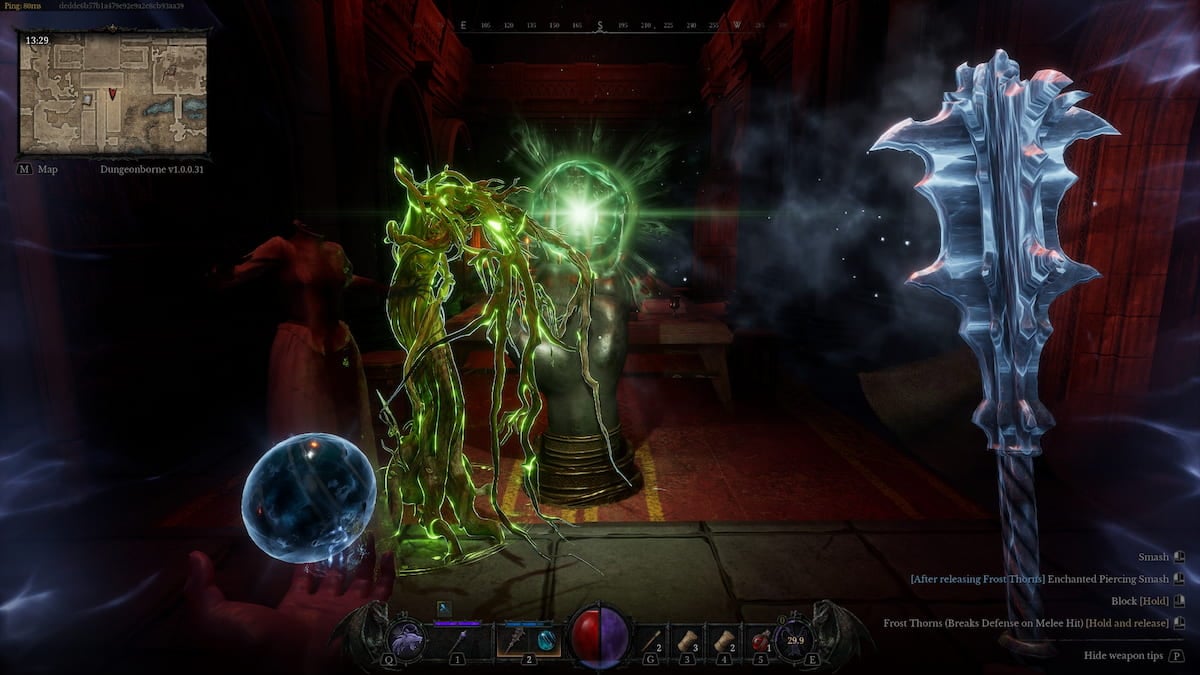
Best Q Skill: Primal Awakening (and Revert)
Best E Skill: Force of Nature (elven form), Shadow Assault (Panther Form)
Druid is one of the few classes that does not have multiple Active Skills to choose from. Instead, players are given access to two different spell sets depending on the form they have. When in their elven form, Druids have access to the Q spell Primal Awakening and the E spell Shadow Assault. Activating Primal Awakening causes the Druids to turn into their Panther forms and gain all the perks of being an animal, plus have any debuffs applied to them removed.
Force of Nature is a more offensive spell. Activating it allows Druids to summon a Treant at a spot of their choice in range. The Treant will stand for 30 seconds, giving the Druid a shield and attacking any enemies in range. While this may sound like an easy-to-avoid attack, there are a lot of benefits to summoning it. I have used it to attract enemy monsters so I could easily take them out from behind, as a bodyguard when activating an escape portal, and even to separate an enemy team by placing it in a slim doorway before all three players had passed through it. I find it to be one of the best skills in the game when used tactically.
As a Panther, Druids’ Q spell will return them to their elven form while their E, Shadow Assault, makes them perform a leap that deals shadow damage to enemies near where they land. While it does some damage, it’s best used to leap into and out of fights. As a bonus, dealing damage with Shadow Assault will give players some Primal Energy. The amount of Primal Energy given depends on the player’s Passive Skills.
Fighter
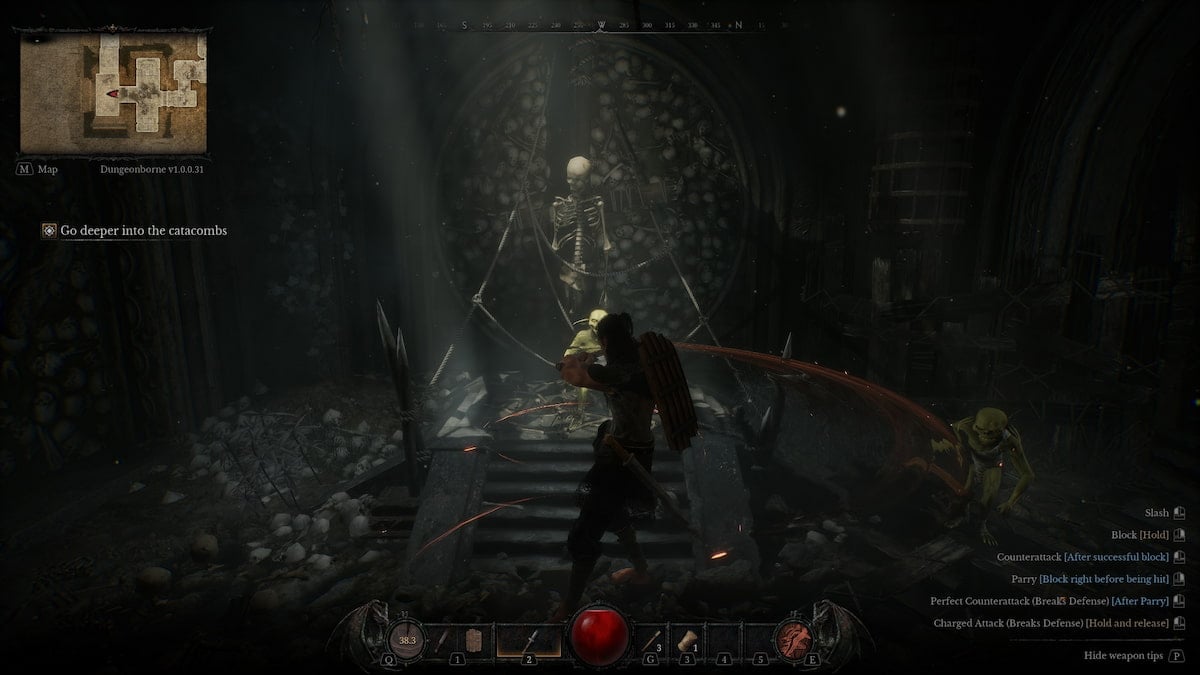
Best Q Skill: Whirlwind
Best E Skill: Charge (solo) or Inspire (team)
Fighter-class players can choose between Whirlwind and Battle Cry for their Q abilities. Whirlwind is an offensive skill that causes the player to spin rapidly with a two-handed weapon, dealing damage to foes in the radius of the attack constantly. Battle Cry is a supportive ability that raises a Fighter’s attack and physical resistance by 30% while granting them a 30% Life Steal ability for 5 seconds. Both are solid abilities, but the Whirlwind attack is the better option largely due to the increased damage that two-handed weapons have in the game. The downside is that players are vulnerable during this attack. However, they can upgrade their Stamina to unlock a passive skill that grants them a 200-health shield while performing Whirlwind.
Both of the Fighter’s E abilities increase their moveability. I recommend Charge for solo players because it thrusts players forward, giving them a solid way to engage in new fights. This is good for engaging in fights while in a team as well. However, the Inspire ability applies a team boost to your teammates as well as yourself, letting every enter or exit a team fight much more quickly than usual. It does need to be used tactically since it only lasts for 3 seconds before returning players to their normal speed.
Priest
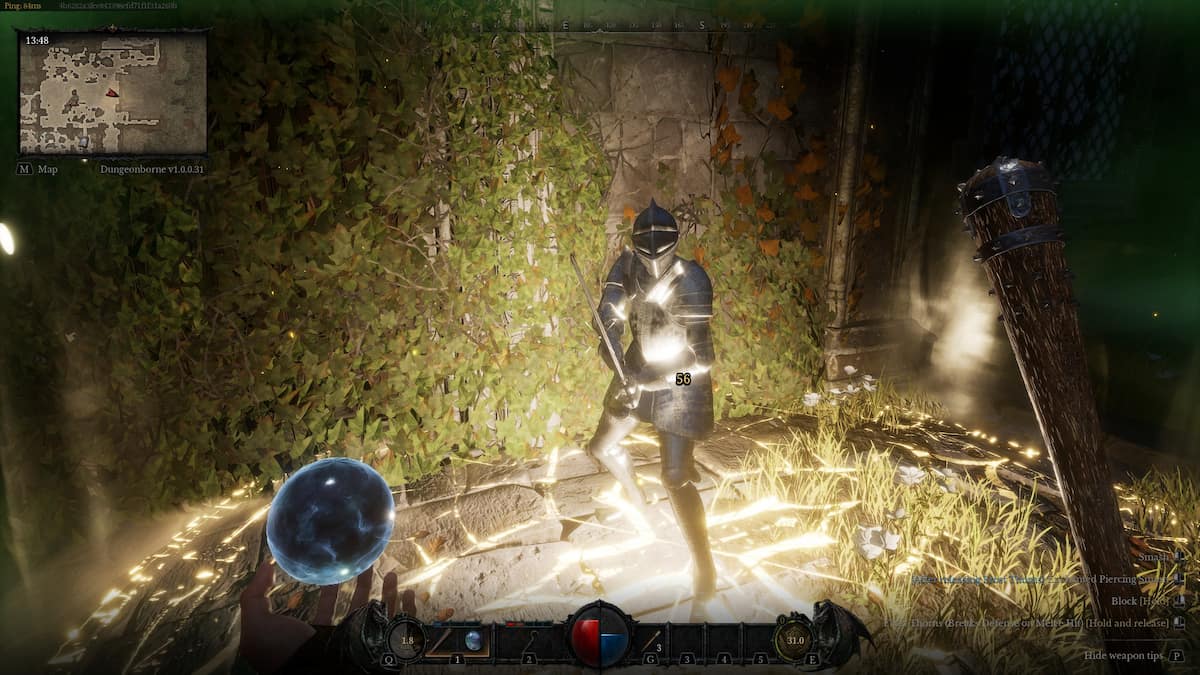
Best Q Skill: Cleanse (team) and Divine Guidance (solo)
Best E Skill: Guard
All of the Priest’s skills focus on healing and supporting themselves and allies. For direct healing, players can choose between the Divine Guidance and Cleanse abilities. Divine Guidance is an AOE heal that also damages enemies in its area. In contrast, Cleanse is a single-target healing spell that can be channeled to increase the amount of heals it gives to the target player. To be fully transparent, the healing done by either of these spells isn’t very high and players will find themselves chugging mana potions to keep themselves and their teams above. If you’re playing solo, you’ll likely have better luck with Divine Guidance because you can heal yourself while fighting a close-range enemy. When in teams, I’ve found Cleanse to be a better skill not because of its heals, but because your teammates will leave the area affected by Divine Guidance while fighting. You’ll have more consistent heals on agile teammates by just healing them directly.
Priests’ E Skills, Divine Protection and Guard, apply shields to either the Priest or their teammates. Divine Protection provides a short-lived Divine Shield to a singular friendly target, making them immune to all damage for 3 seconds. Guard grants a weaker shield to the entire team for 10 seconds. Divine Protection is good for emergencies, like when you or an ally are about to be attacked by a flurry of blows or one singular heavy attack. However, as you upgrade your Priest you’ll get a lot more value from Guard. This is because of Passive Skills like Cleansing Rites, which makes shielded targets immune to debuffs for 2 seconds, and Recompense, which speeds up shielded targets for 1 second.
Pyromancer

Best Q Skill: Pyroblast
Best E Skill: Fire Blast
The Pyromancer is another of the few Dungeonborne classes that do not have extra skills to choose from. Their Q skill will always be Pyroblast, an offensive spell that can either release small homing fireballs or one large AOE fireball. One of the best aspects of this spell is that it can be released prematurely if players do not have time to fully channel it. This allows Pyromancers to release the spell without losing all of the damage they have charged up, which is especially useful if they are suddenly attacked by an undetected enemy. As a bonus, Pyromancers who successfully fire off a large fireball will have the opportunity to levitate into the air, giving them a new edge in a fight.
Their E Skill Fire Blast is a unique skill in Dungeonborne because it is the only spell with a knockback effect. One of the greatest dangers to a long-distance spellcaster is being charged by a fighter that specializes in close combat. In such an instance, a Pyromancer can cast Fire Blast to knock back the fighter while slowing them and dealing fire damage. This can be done while performing any other task without canceling out that task, making it the perfect defensive counterattack.
Rogue
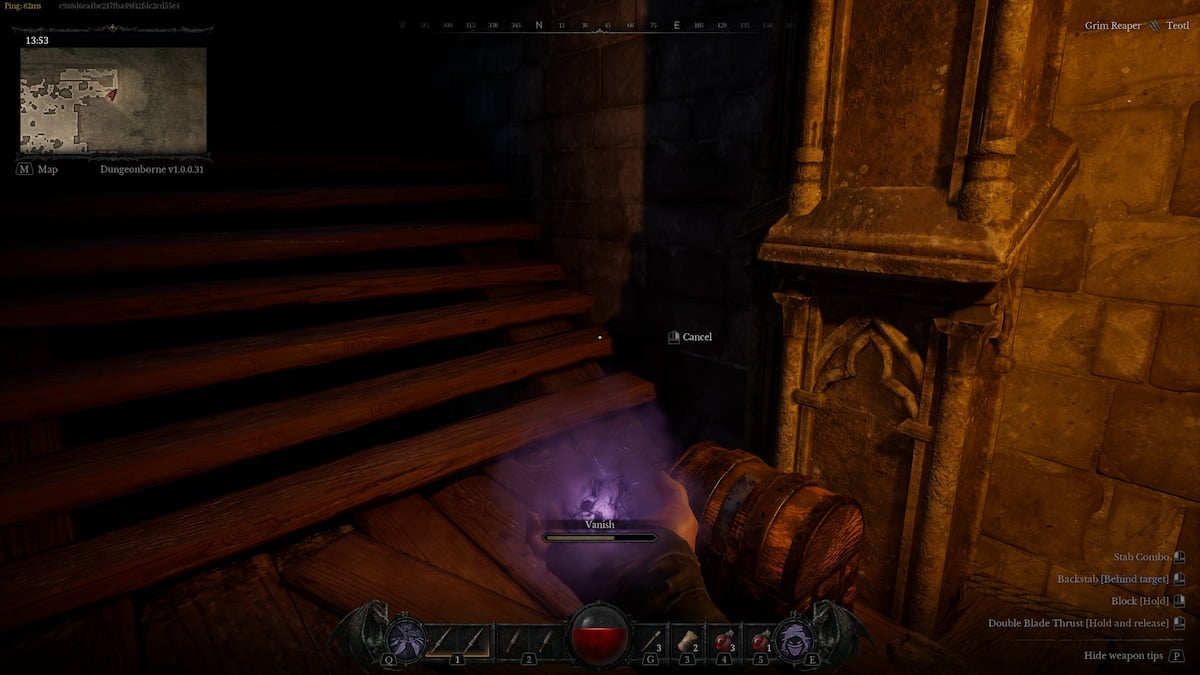
Best Q Skill: Petrifying Poison
Best E Skill: Vanish
Rogue players have the option to choose between the Petrifying Poison and Quick Blades spells for their Q skill. Petrifying Poison applies a poison to the next attacked player or monster that petrifies them until they are attacked again. While petrified, they cannot take damage but cannot perform any actions at all. The other Q spell, Quick Blades, shoots out six daggers in front of the Rogue player that slow enemies for 3 seconds. While 3 seconds may not be a long time, the Rogue’s speed allows them to get in some good hits in these few seconds, with skilled players potentially taking out an enemy entirely. Despite this, I’ve found Petrifying Poison to be a more troubling skill, particularly when used in team matches. A Rogue can use their E spell to sneak up on an enemy team, apply the petrification poison to an enemy, and then allow their team to jump the remaining one or two members of the team while the petrified enemy watches. It essentially removes one player from the match until they are brought back in by the Rogue or their team. Of course, if a monster, third party, or a member of your team accidentally hits the petrified player, they’ll be revived to join the fray.
Both of the Rogue’s possible E skills enter them into Stealth mode. Vanish puts them into Stealth for 15 seconds at the cost of having to perform a 3-second channel while Swift Concealment instantly throws them into Stealth mode for only 6 seconds. Swift Concealment is good for emergency situations, but with so little time you’ll easily be caught by a skilled player who can read your movements. The best-case scenario is to have and use Vanish for the longer Stealth phase. It allows you to do a bit of scouting and gives you more time to position yourself optimally for any fight.
Swordmaster
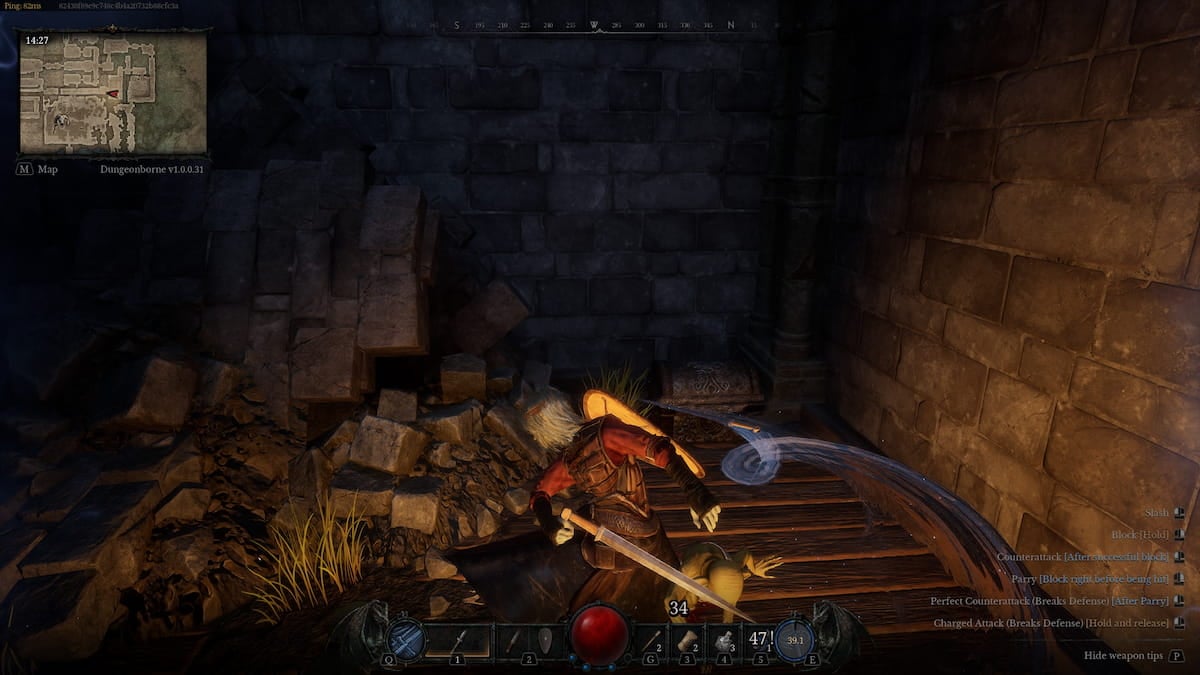
Best Q Skill: Psionic Blades
Best E Skill: Whirling Blade
Swordmasters only have one Q and one E spell available, which makes choosing their best skills a walk in the park. Their Q, Psionic Blades, summons four one-handed swords from the player’s inventory and launches them at targeted enemies. These blades damage their enemies and can apply debuffs based on the Passive Skills players have activated. It’s a strong skill that can easily weaken and slow a slippery enemy while giving you a little life force. Unfortunately, its reliance on having extra one-handed swords reduces its helpfulness. This is because every Swordmaster loses the swords used for their abilities.
The loss of swords upon ability use is why I find the Whirling Blade spell to be the better skill for Swordmasters. It only uses up one sword stored in the player’s inventory to create a whirling attack centered around the player. It helps create space around yourself in melee fights and prevents enemies like Rogues from getting the upper hand on you.
Want to learn more about all of the Dungeonborne classes? Check out our Dungeonborne Class Tier List here on Pro Game Guides.




